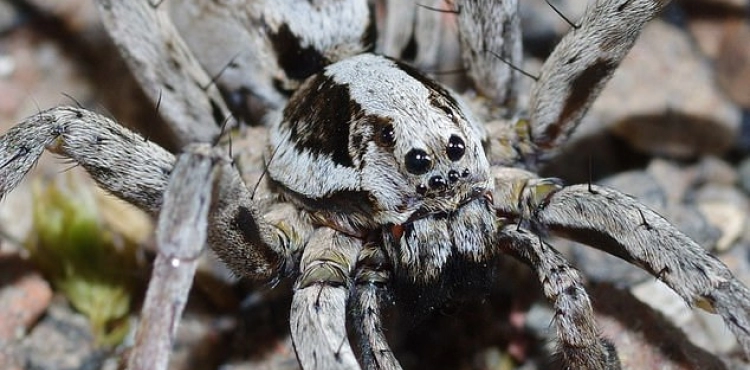One of the most endangered spiders in Britain, after the disappearance of more than a quarter of a century.
Conservationists have reported seeing 22 spiders of the "Alobicosa fabrielis" subspecies, nicknamed "the Great Fox", including 10 mature males and one mature female, over two inches in diameter, including hairy and spiny legs.
The spiders were found in the British Ministry of Defense training area in Surrey by a spider scientist, Mike Witt, of the "Surrey" wildlife reserve, according to the British newspaper "The Guardian".
The spider "Alobicosa fabrielis" was listed as a highly endangered species, and it was believed to be extinct in the United Kingdom, as it had not been observed since 1993.
The spider has excellent eyesight, camouflage and speed, and is an opportunistic predator that hunts at night.
It has been called the "Great Fox" because of its fox-like habit of chasing prey across sandy, gravel and rock terrain before pouncing on it and picking it up while running.
When it catches its prey, including insects such as beetles, ants and small spiders, it freezes it, after injecting it with poison, which leads to liquefaction of its internal organs, and then begins to eat it using its strong fangs.
To find shelter, the "Aubicosa fabrilles" spiders dig burrows or holes under rocks and trees and create a silk-lined burrow as their refuge during the cold winter.
The spider has two large eyes from the top of the head, and two other eyes staring in front, while 4 smaller eyes form a row directly above its mouth.












